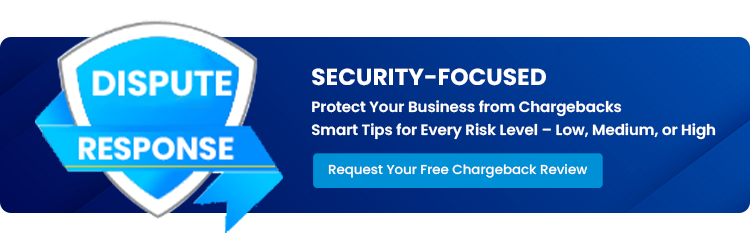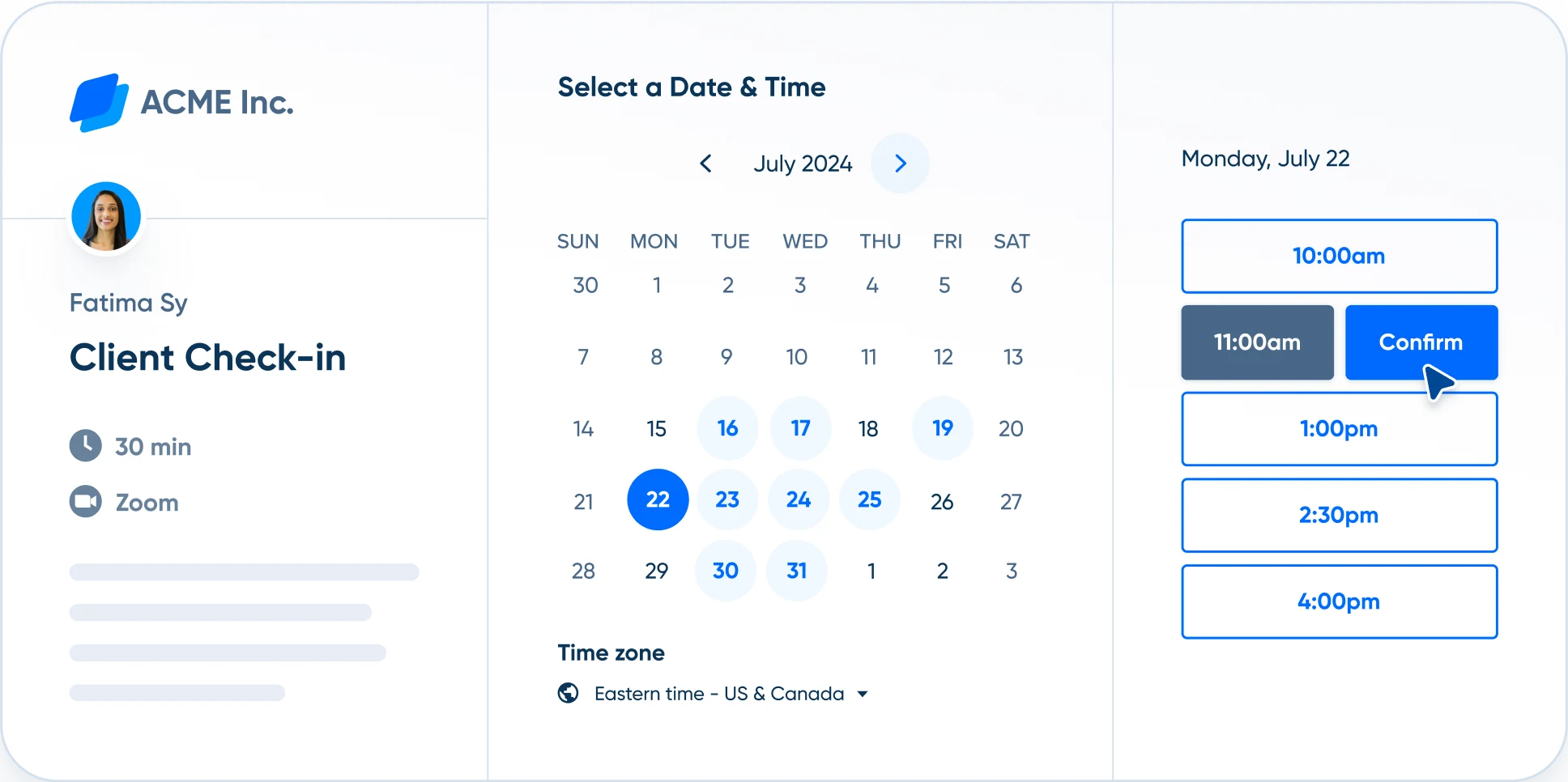Chargeback Management Services - Dispute Response Sep/ 5/ 2025 | 0
Fraud prevention remains a top priority for U.S. businesses in 2025, especially as the complexity of digital transactions grows. One of the most effective tools in this battle is tokenization, a technology that replaces sensitive payment information with non-sensitive tokens. This blog explores the role of tokenization in fraud prevention and how businesses can leverage it to protect their customers and reduce chargebacks.
What is Tokenization?
Tokenization is the process of converting sensitive payment data (such as credit card numbers) into a unique, irreversible token. These tokens are useless outside of the secure system that generated them, making it nearly impossible for hackers to use stolen data.
- Key Benefits of Tokenization:
- Enhanced Security: Tokenized data cannot be intercepted and misused, reducing the risk of fraud.
- Reduced PCI Compliance Scope: With tokenization, businesses store less sensitive data, simplifying compliance with PCI DSS standards.
- Improved Customer Trust: Customers are more likely to engage with businesses that prioritize security.
- Enhanced Security: Tokenized data cannot be intercepted and misused, reducing the risk of fraud.
How Tokenization Prevents Fraud
Fraud prevention is critical, especially with increasing e-commerce transactions. Tokenization helps businesses reduce the risk of fraud by ensuring that even if data breaches occur, stolen tokens are useless to fraudsters.
Key Fraud Prevention Mechanisms:
- Data Encryption: Tokenized data is encrypted, ensuring unauthorized access doesn’t lead to data theft.
- Secure Payment Systems: By integrating tokenization into payment systems, businesses can avoid storing sensitive customer data on their servers.
- Real-Time Fraud Detection: Combining tokenization with fraud detection tools can allow businesses to flag suspicious transactions as they occur.
Tokenization in Action: Use Cases for U.S. Businesses
For U.S. businesses, tokenization is particularly effective in industries such as retail, e-commerce, and subscription-based services, where customer transactions are frequent.
- E-commerce Sites: Tokenization ensures that customers’ credit card details are never stored on the website, reducing the risk of data breaches.
- Subscription Services: With tokenization, businesses can securely store customers’ payment information and avoid repeated chargebacks.
- Mobile Payments: By tokenizing payment information in mobile wallets, businesses reduce the chances of fraud from mobile payment systems.
Implementing Tokenization: Steps for U.S. Businesses
To implement tokenization in 2025, businesses should take the following steps:
- Evaluate Your Payment Systems: Ensure that your current payment processors support tokenization.
- Choose the Right Tokenization Solution: Select a solution that fits your business’s needs, whether it’s integrated into your existing payment system or a third-party provider.
- Train Staff and Update Systems: Ensure that your team is trained to handle tokenized data and that your systems are configured to process tokenized payments securely.
- Monitor and Audit Payments Regularly: Continuously monitor transactions for unusual activity and audit systems for potential vulnerabilities.

Email us anytime!
Email customer service 24/7

Call us anytime!
Reach customer care 24/7 at +1 (888) 927-5152
Conclusion: A Secure Future with Tokenization
As fraud tactics evolve, tokenization stands out as one of the most effective ways for businesses to secure payment information, build customer trust, and reduce chargebacks. By implementing tokenization, U.S. businesses can stay ahead of fraudsters and protect both their customers and their bottom line.


